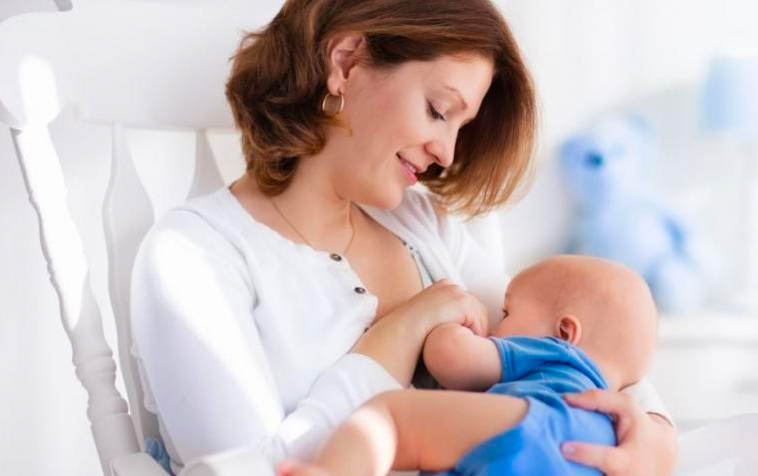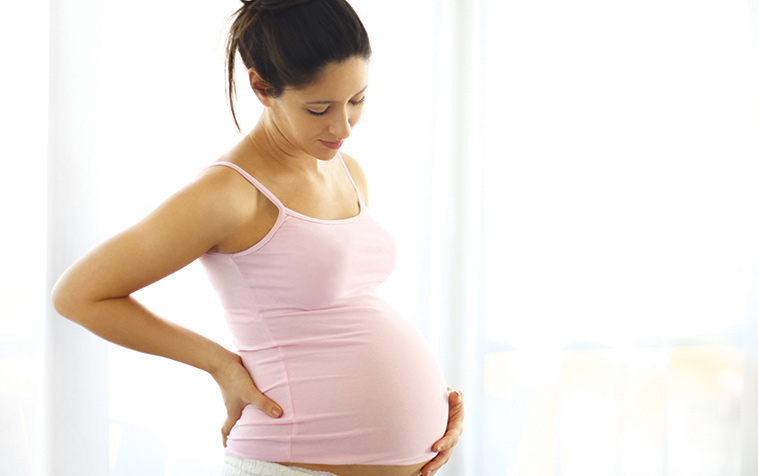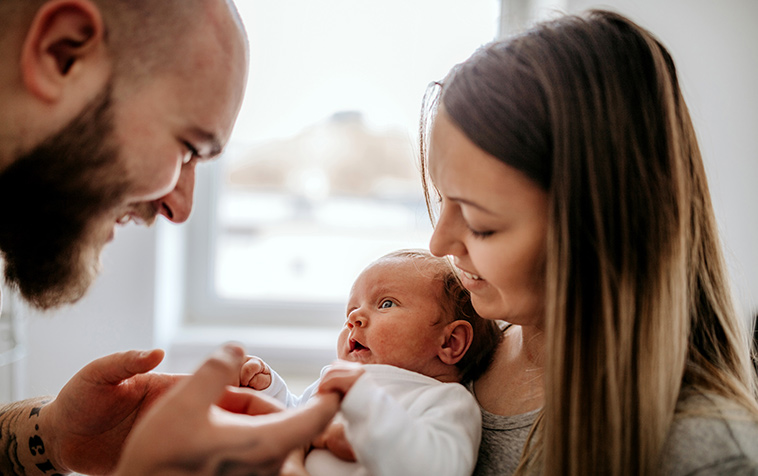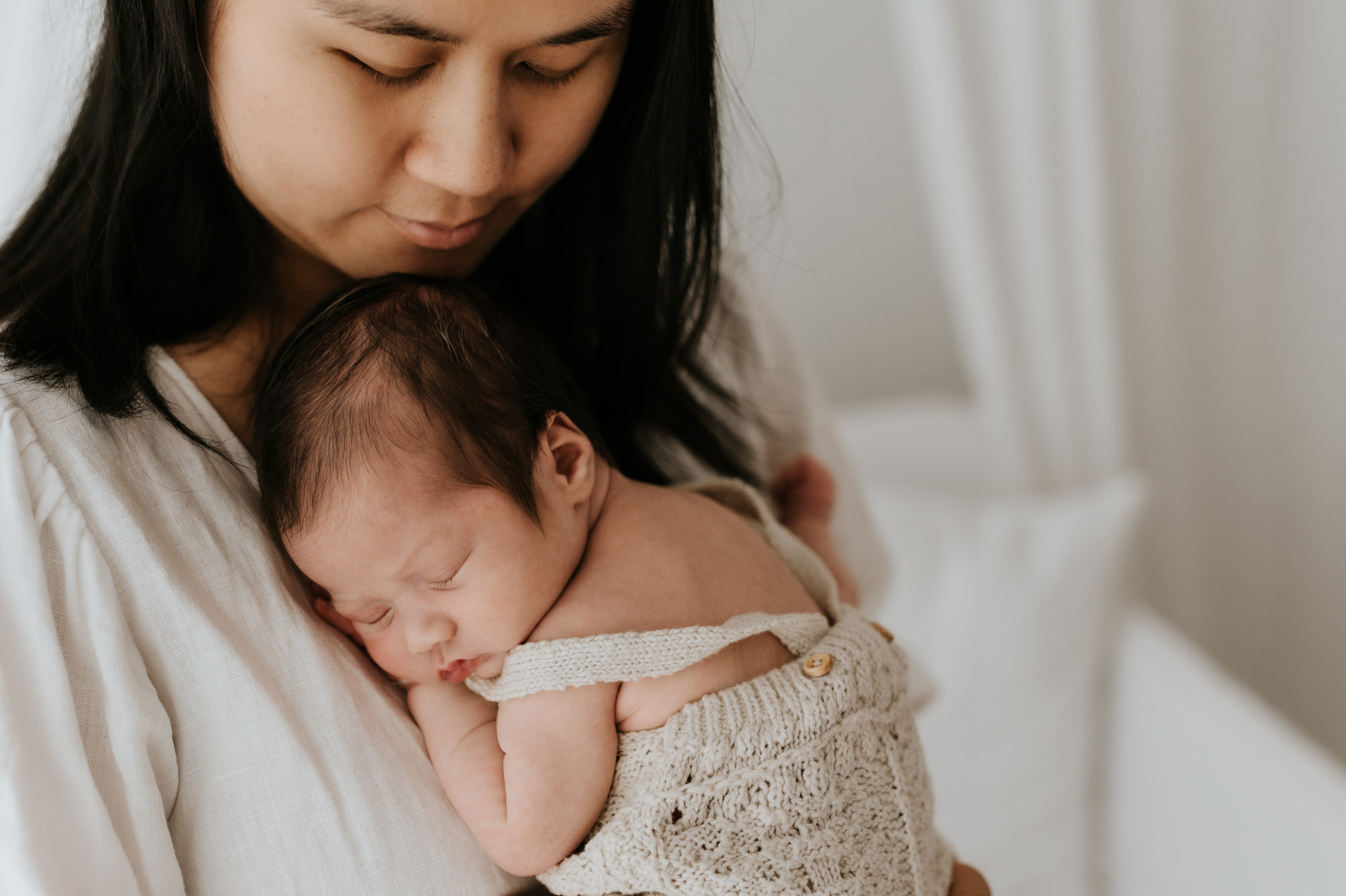
Labour & Birth
Most asked questions
Braxton Hicks are contractions, which tone the uterus but do not dilate (open) the cervix. They occur throughout your pregnancy but you may not feel them until the second trimester and may usually feel more in the third trimester.
Braxton Hicks contractions or tightening are referred to as a tight feeling in your abdomen, which may be quite strong and uncomfortable and are often called ‘false labour;. These contractions can be distinguished from real labour; as they may disappear with a change of position, taking away gravity (side lying) or activity such as a warm bath or shower. They will not last long or develop a regular pattern, but they come and go sporadically. There is a lot of physicality and sensation related to normal growth and change in pregnancy. However, if you are unsure about what you are feeling it is best to discuss this with your care provider.
All uterine activity (tightenings and contractions) originate from the muscles at the top of the uterus (the fundus). Where women ‘feel’ this activity is largely influenced by what the muscles are trying to achieve, i.e contractions are often felt low and Braxton Hicks a general tightening all over (from top to bottom) the uterus.
A birthing partner may be your partner, a family member or a friend. Who-ever the trusted person is that you would like with you during labour and birth they can support you emotionally, physically and act as an advocate for you. It is a great idea to discuss prior to labour what your birth plan is and any specific requests that you would like. It is also a good idea that your birthing partner goes with you to antenatal classes and does some research of their own into labour and birth so that they have an understanding of the journey.
Physically, partners can guide you through breathing and relaxation techniques. As well as this they may be able to support you with massage, get the birthing pool filled and heat up heat bags. Encouraging you to stay hydrated and reminding you to go to the bathroom is also really helpful.
Birthing partners can give you reassurance and encouragement and be that familiar voice. Being an advocate is a helpful role in a birth partner as often while a woman is in labour she may find it difficult to process information and make decisions. Writing down your birth preferences, hopes and fears before labour can be a great way of starting this conversation with your partner/support person and caregivers.
Birthing partners should consider their limits- if you feel faint at the sight of blood, let the doctor or midwife know, sit down if you feel unwell. You may be asked if you would like to cut the umbilical cord or catch the baby- be proactive in telling your caregiver if you do or do not want to take part in these things.
More questions
Your doctor may recommend a caesarean birth in your pregnancy to reduce the risk of complications. It is important to gather information that you need for open communication between you and your caregiver. It is important to know that you’re nearly twice as likely to have a caesarean birth if you’re giving birth to twins than if you’re giving birth to a single baby.
The babies’ position may determine whether you need to have a caesarean section or not. If the presenting baby - the one that will be born first - is in a breech position (feet, knees or buttocks first), or is lying in a transverse position (with its body lying sideways), you will need to have a caesarean section.
If you have previously had a very difficult delivery with a single baby, you may be advised to have a caesarean birth with twins.
In very rare cases, you may deliver one twin vaginally and then require a caesarean birth to deliver the second twin.
About one third of all twins are born vaginally and the process is similar to that of giving birth to a single baby. If you’re planning a vaginal delivery, it’s usually recommended that you have an epidural for pain relief. This is because, if there are problems, it’s easier and quicker to assist the delivery when the mother already has good pain relief.
If the first twin is in a head down position (cephalic), it’s usual to consider having a vaginal birth. However, there may be other medical reasons why this would not be possible. If you have had a previous caesarean section, it’s usually not recommended you have a vaginal birth with twins.
If you have a vaginal birth, you may need an assisted birth, which is when a suction cup (ventouse) or forceps are used to help deliver the babies.
Once the first baby is born, the midwife or doctor will check the position of the second baby by feeling your abdomen and doing a vaginal examination. If the second baby is in a good position, the waters may need to be broken and this baby should be born soon after the first as the cervix is already fully dilated. If contractions stop after the first birth, hormones will be added to the drip (IV) to restart them.
Twins are more likely to be born early, often before 38 weeks, so it’s important to understand your birth options. Less than half of all twin pregnancies continue beyond 37 weeks.
Because of the likelihood that your babies will be born early, there is a good chance one or both of them will spend some time in the special care nursery. As twins are often born prematurely, it’s a good idea to discuss birth options with your doctor or midwife early in your pregnancy.
You should also discuss where you would like to give birth. You will most likely be advised to give birth in a hospital because there’s a higher chance of complications with a twin birth.
It’s common for more medical staff to be involved in the birth of twins, such as a obstetrician, midwife and two paediatricians - one for each baby.
While the process of labour is the same as when single babies are born, twin babies are more closely monitored. A CTG is usually in progress throughout your labour, and will continue after the birth of your first baby until the second baby is born. The placenta will follow after both babies are born. You will be given a cannula into a vein/and or drip (IV) in case it is needed later.
Procedures for cervical ripening (getting cervix ready for labour), such as membrane sweeping, may be of benefit in preventing prolonged pregnancy, particularly in first pregnancies. Membrane sweeping involves the health professional introducing a finger into the woman’s cervical os (the opening of the cervix into the vagina) and ‘sweeping’ it around the circumference of the cervix during an vaginal examination, with the aim of separating the fetal membranes from the cervix and triggering the release of prostaglandins.
The induction may not work.
Occasionally, the process to ripen the cervix does not work, which means your cervix has not opened enough for the membranes to be ruptured. If this happens, your doctor will talk to you about your options. These may include, returning home until a later date, using a different method of induction, or you may require a caesarean section.
Over-stimulation of the uterus.
One of the side effects of the synthetic hormones are they may cause the uterus to contract too much. This can sometimes cause stress to you and your baby. If this occurs, you may be given medicine to relax the uterus or neutralise the effects of the synthetic hormone. If you have a hormone pessary, it will be removed. As a muscle the uterus needs to have periods of rest between the working phases of contractions. Your Doctor/ Midwife will monitor you closely to make sure this is happening.
Increased intervention
There may be an increased risk of further intervention in labour such as increased request for pain relief, instrumental delivery (with forceps or ventouse) or caesarean section in some cases. However this is a difficult topic to summarise. It is always important to balance the risks and benefits of induction of labour carefully and discuss with your doctor or midwife.





